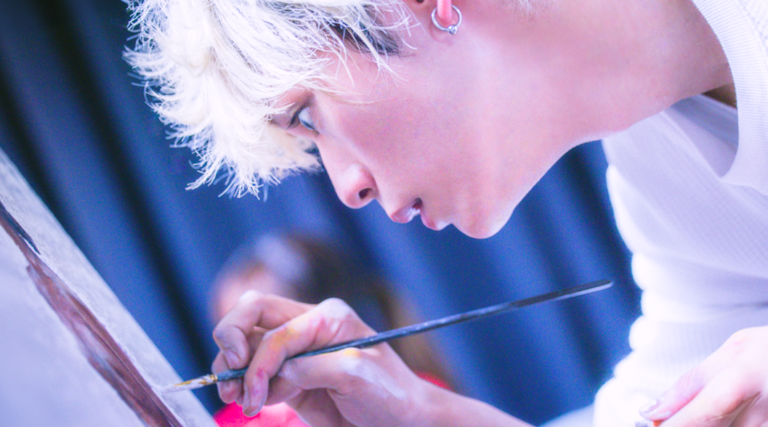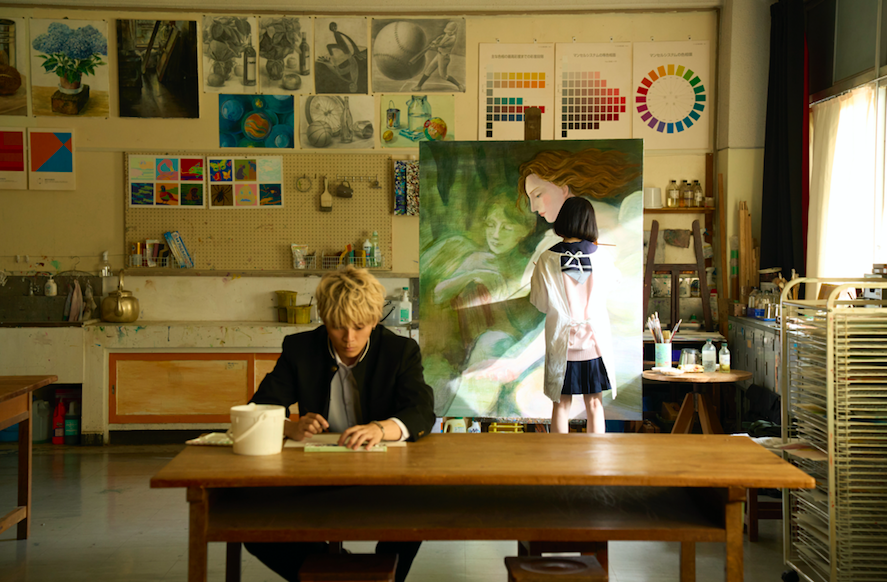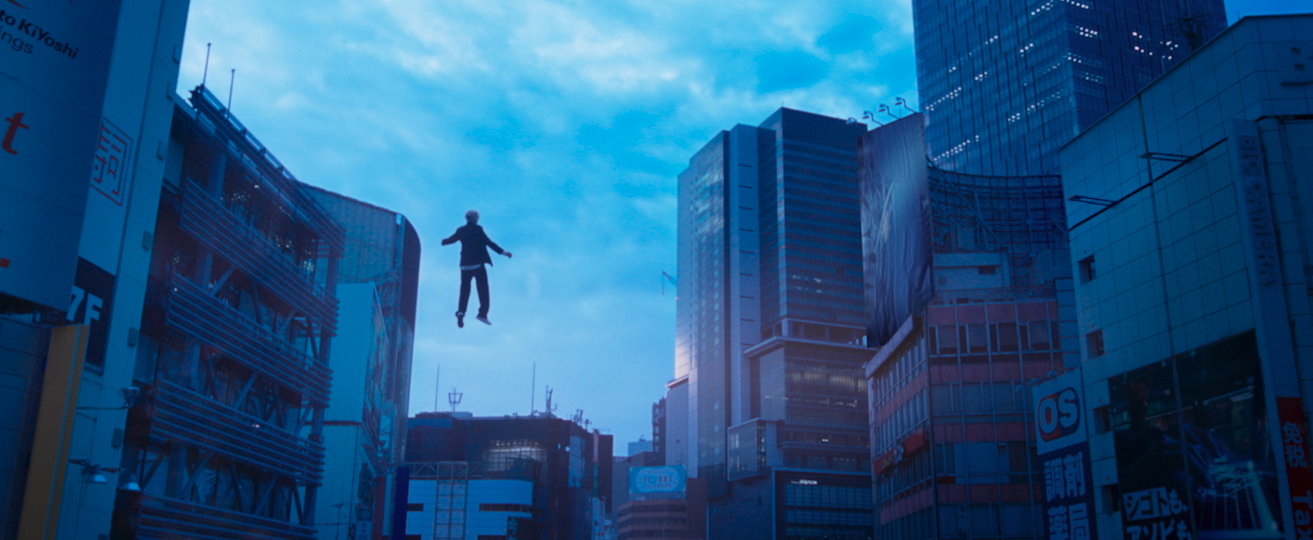
The first thought that comes to mind with the term “Blue Period” is Picasso’s body of work that spans from 1901 to 1904, which had a prevalence use of blue-green shades. But the film that is part of Japan Cuts, called Blue Period, is not about the established Spanish painter of the 20th century. The movie focuses on a fledgeling artist from the Land of the Rising Sun, striving to pass the selection examination to get into the Tokyo University of the Arts.
Tsubasa Yamaguchi’s Blue Period is an acclaimed manga, with over 8 million copies in print worldwide that has won awards at the Kodansha Manga Awards and Manga Taisho Awards. Film director Kentarô Hagiwara has adapted it for the screen, with the help of screenwriters Tsubasa Yamaguchi and Reiko Yoshida. What emerges is a delicate coming-of-age picture, that envelops the search for motivation and the pursuit of a goal through the act of creating art.
The film follows Yatora Yaguchi (Gordon Maeda), through his sophomore year of high school and how his life changes when completing an art project. The teenager initially follows the pack, hanging out with his friends and doing what is expected of him, as time rolls by he befriends the charming girl Maru Mori (Hiyori Sakurada) and the quirky Ryuji Ayukawa (Fumiya Takahashi), who are part of the art club. They are the ones who will make him aware of the importance of following one’s own calling and not the crowd. Being true to yourself makes everything more powerful is the ultimate takeaway message of the film.

The captivating beginning of Blue Period, is the emblem of the entire protagonist’s journey. The film opens with a shot of a Shibuya train traveling through a tunnel finally emerging to the light. This is the perfect allegory for Yatora Yaguchi’s interior path, as his dedication to art takes over.
Blue is not just a hue that materialises in the artistic session, it’s a state of mind. As it is known, blue is synonymous with melancholy, the mental dimension where wonders and woes lead to creativity. Thus, the titillations and tribulations of the world around Yatora allow him to create his own realm on canvas. His vision, that takes shape through the paint on plain-woven fabric, goes beyond what the eye can see. The soul of this young man is depicted in his artwork.
Blue Period efficaciously shows a pilgrimage towards the mecca of his future — art college — as he has to overcome the hurdles along the way characterised by competition, and sense of inadequacy. Kentarô Hagiwara draws us into Yatora’s mental flow, with grace and gossamery levity. Paintbrushes are dipped in water, fine lines give form to portraits placed upon easels, whilst every visual element is driven forward by Yuki “Yaffle” Kojima’s soundtrack.

Connections develop and art pervades them all. There is a scene on a bus, in which Yatora is imbued with the sacred flame of creativity, that is cinematically hallucinogenic. Ultimately, the film is an ode to persistence and commitment. As in all modern fairytales the expected happy ending arrives, as the rightful prize for exposing a naked soul in its multiplicity.
Final Grade: B

